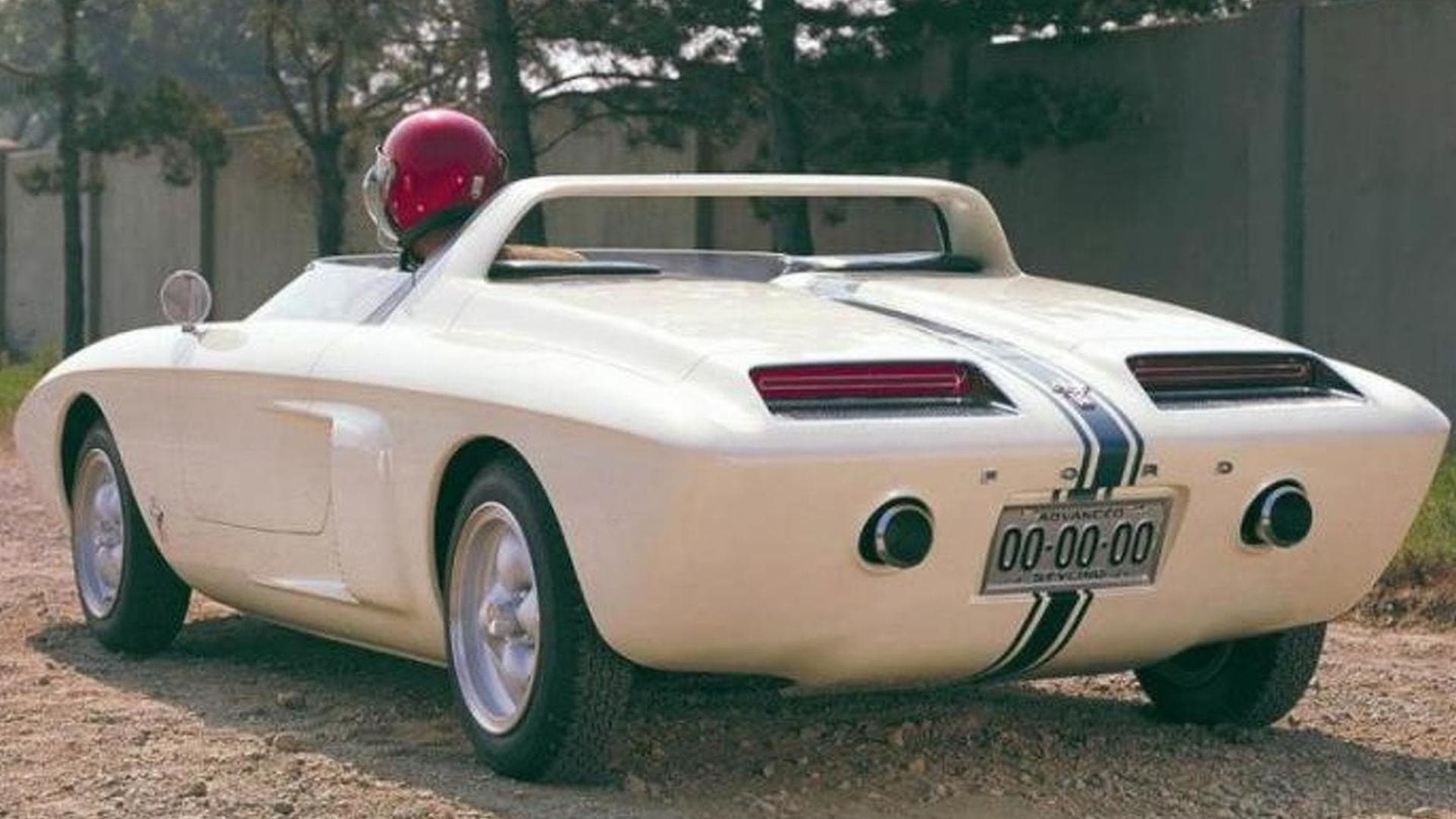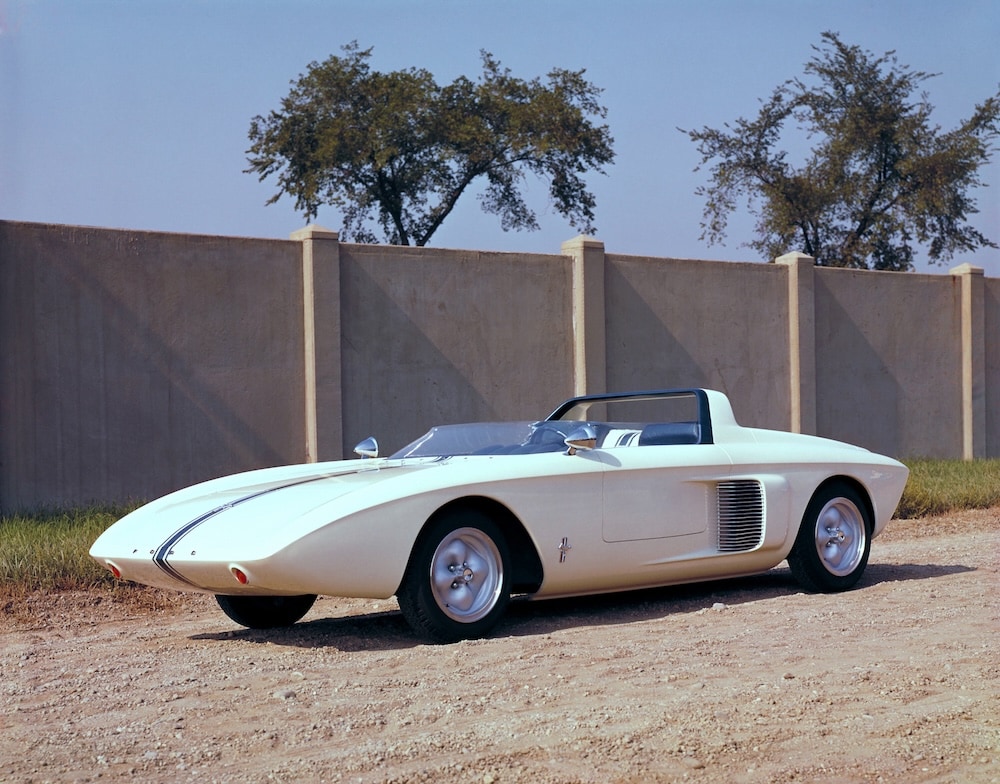The Ford Mustang is no longer just a car; it’s a cultural icon recognizable worldwide and a symbol of the US car industry. It’s also a symbol of resilience and the only pony car still standing on the market. Millions of Mustang fans worldwide can be proud since their favorite car’s future is secure. Ford’s executives say there will always be a Mustang.
However, while the history of its popular models is well-known, what about forgotten cars? There are many obscure Mustangs that few remember. So let’s look back at some hidden Mustangs that are a lesser-known yet integral part of the legend.
Mustang I

The Mustang I concept was a big deal when it was introduced in 1962 as a fully functional concept vehicle. This was the first time the name Mustang was officially used. From the start, it was clear that the public loved the name. The connection with the Wild West mythology was a great marketing gimmick (via Henry Ford).

The Mustang I was a roadster with a rear-mounted V4 engine and a wedge-shaped body made of aluminum. The original idea behind the concept was to develop a small sports car that could compete with European imports like the Triumph TR3. Still, despite the favorable reaction from the enthusiasts, Ford decided to go another way.
